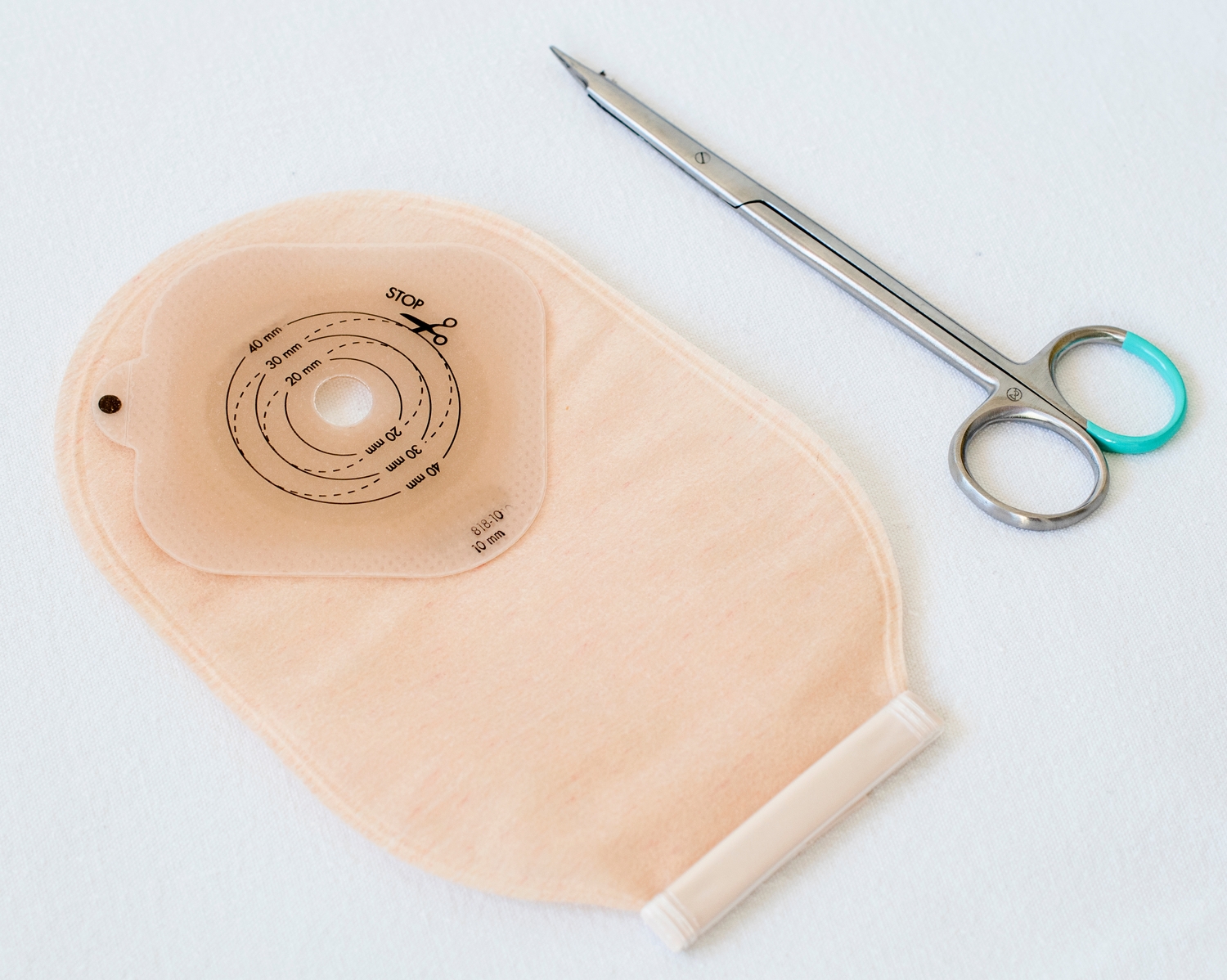Essential Insights About Walk-in Medical Centers
Discover key information about walk-in clinics, offering accessible, efficient care for minor ailments without appointments. Learn about costs, services, and tips for a smooth visit to ensure quick and affordable healthcare when you need it most.

Essential Insights About Walk-in Medical Centers
Visiting a healthcare clinic for minor symptoms can sometimes feel daunting. The thought of scheduling appointments or waiting in crowded emergency rooms often discourages people from seeking prompt care. Walk-in clinics provide a convenient solution, offering immediate medical services without prior scheduling. It's helpful to know certain essentials before visiting, such as consultation costs, insurance acceptance, and what to expect during your visit. Understanding these details can make your experience smoother and more efficient.
What are walk-in clinics?
Walk-in clinics are healthcare facilities that deliver quick treatment for non-emergency health issues without requiring appointments. They handle common illnesses and minor injuries efficiently, prioritizing timely care.
Operating during extended hours, including evenings and weekends, these clinics improve access for people with busy schedules. Staffed by qualified medical professionals such as doctors and nurses, they treat conditions like colds, infections, and minor fractures efficiently.
Advantages of walk-in clinics
One key benefit is their flexible hours. Unlike traditional practices with fixed schedules, walk-in clinics welcome patients at almost any time, making healthcare accessible after work or on weekends. No appointment is necessary—simply call ahead or walk in.
They help avoid long waits in emergency rooms, focusing on quick, quality care. These clinics aim to provide fast, effective treatment, saving time and reducing stress.
Cost of services at walk-in clinics
Compared to emergency room visits, walk-in clinics are more affordable for minor issues. Payments can be made via insurance, cash, or credit. Insurance-covered visits typically range from $150 to $300 before deductibles and $60 to $170 in copays afterward. Costs depend on factors like the visit's complexity, service type, and additional tests. For example, treating strep throat might cost around $75, while a UTI could be approximately $142. It’s wise to research prices beforehand, as some clinics offer transparent rates or discounts for uninsured patients.
Conditions treatable at walk-in clinics
Walk-in clinics address many minor, non-life-threatening health issues, including:
Minor cuts, bruises, and burns
Colds, flu, sore throats, and ear infections
Sinus infections and respiratory issues
Rashes, insect bites, allergic reactions
UTIs and other minor infections
Sprains, strains, minor fractures
Stomach-related issues like nausea and diarrhea
Vaccinations and flu shots
Basic diagnostics including blood tests and X-rays
Physical exams for school, work, or sports
Note: Severe emergencies require immediate attention at an ER or calling 911. Walk-in clinics are designed for non-emergency treatments only.
Tips for a successful visit
Here are some helpful tips for a smooth experience:
Verify hours: Double-check operating hours to avoid arriving when closed.
Bring ID and insurance: Have your ID and insurance details ready to speed up the process.
Prepare medical info: Document allergies, medications, and past treatments for better care.
Be patient: Expect possible wait times during busy hours—bring entertainment and stay calm.
Describe symptoms clearly: Provide concise, detailed descriptions to assist accurate diagnosis.
Walk-in clinics are a practical alternative to traditional offices, offering quick, affordable care for minor health issues. With extended hours and efficient service, they are invaluable for busy individuals. Next time you feel unwell or need quick medical attention, consider visiting your nearest walk-in clinic for convenient healthcare.










